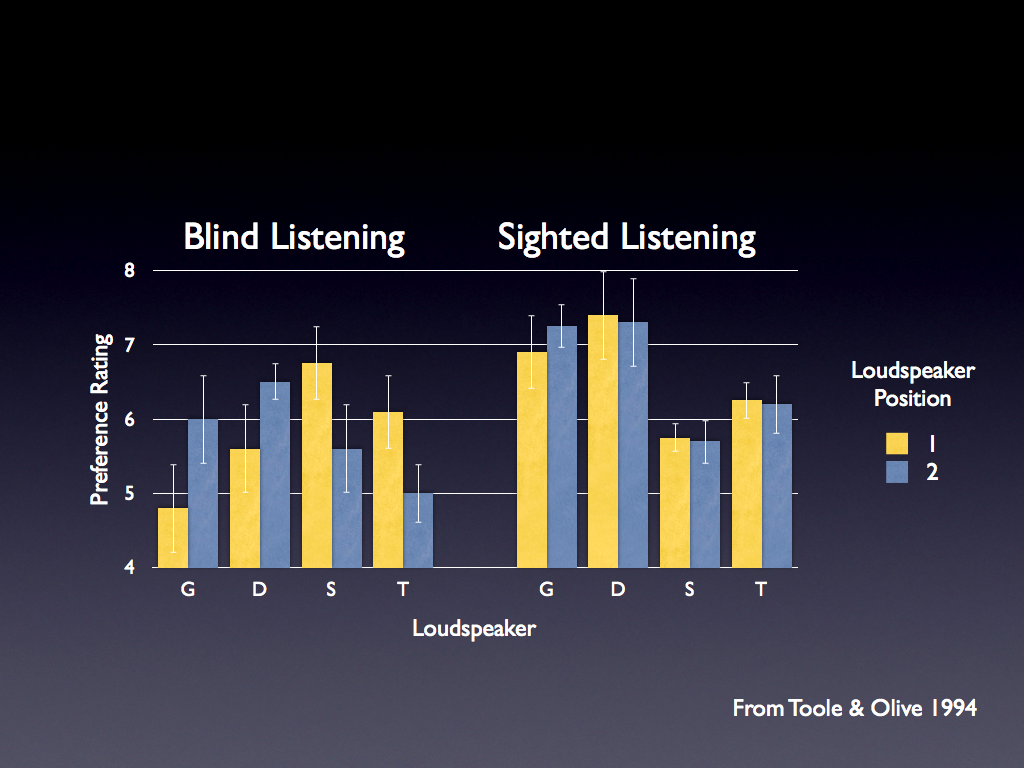I still don't know what you mean here. I have already post the "ear simulator" measurements. What else are you asking me to do?
My apologies, I thought my response was clear enough. Sticking microphones in your ears is what I suggest indeed, if you want to alleviate @Keith_W 's concerns that what you experienced is actually coherent with what you measured on the ear simulator and that foreknowledge of the measurements on the latter aren't influencing your impressions. It's just a more objective way to address that concern than listening tests, and quite easy to perform at lower frequencies.


